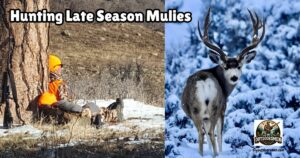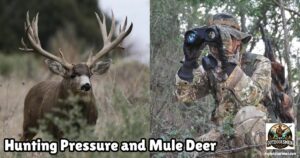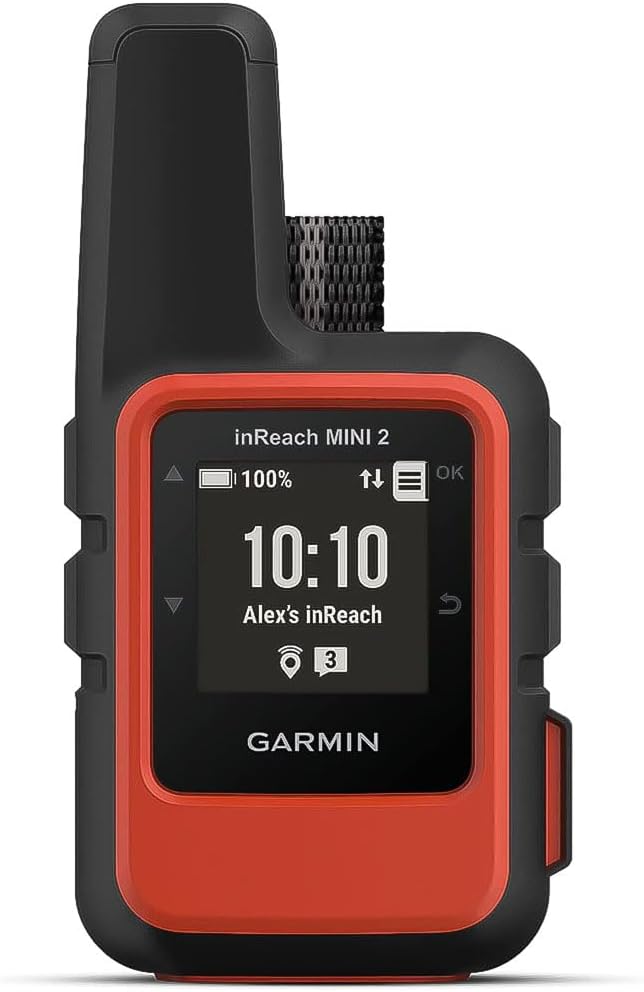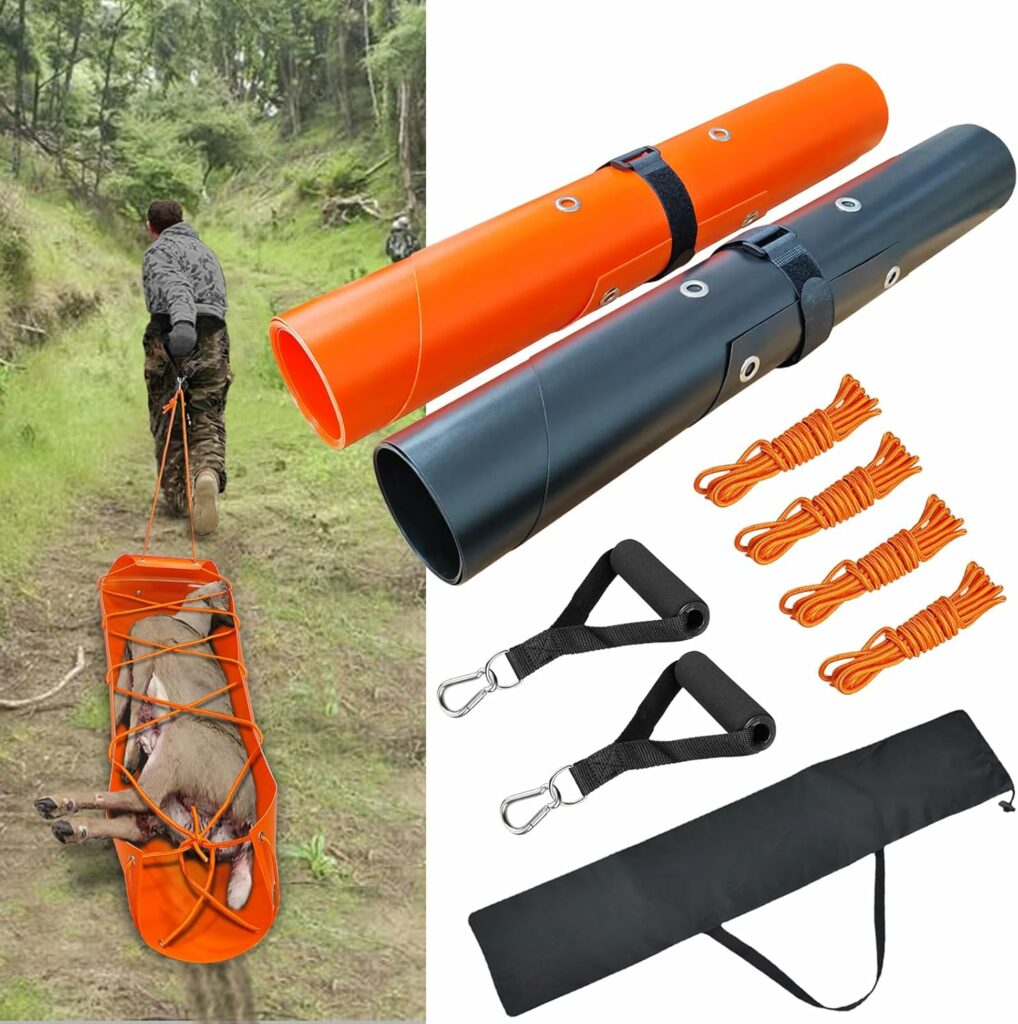Contents
Solo DIY hunting success begins long before you set foot in the wilderness. Thorough planning can make or break your hunt. I don’t recommend going solo as you will have no one to help should an emergency arise.
QUICK LOOK:
To have a safe and hopefully successful Solo DIY hunting trip you will need some essential gear items. Good navigational tools such as GPS, maps, and compass. Your hunting weapon of choice. Hunting clothing, footwear, and tools like knives and meat saws. You will also need food, shelter, water, sleeping gear, and cooking gear. The types and amounts of gear you need will Depend on the kind of DIY hunt you are planning. Always think safety first as you will be alone with no one to help should an emergency arise.
If, for some reason, I must go solo, pre-hunt planning becomes all the more important. Once I’ve decided on an area, season, and the animal I am planning to hunt, I begin pre-hunt scouting, which serves as the foundation for any successful solo trip.
Scouting allows you to familiarize yourself with the terrain, game trails, and animal behavior. I rely heavily on topographical maps and satellite imagery to identify potential hunting spots. These tools help me pinpoint water sources, feeding areas, and natural funnels that game may use.
I make it a point to study these resources until I have a mental map of the area. If able, I also like to plan a boots-on-the-ground scouting trip before hunting season. Topo maps, mapping apps, and other tech tools are great but nothing beats in-person scouting.
You can see firsthand what you will be facing during your hunt and you can also scout likely glassing, hunting, and camping areas. Weather and seasonal considerations are also vital. I check the forecast rigorously to ensure I’m prepared for the conditions.
Additionally, understanding animal patterns during different seasons aids me in determining the best times and locations for my hunt. With a solid plan in place, my next step is to focus on what I’ll carry into the field. Gear selection can mean the difference between discomfort and danger or success and tag soup.
Solo DIY Hunting Gear Essentials for Packing Smart
When I prepare for a hunt, my gear choices are vital. Of course, you will need your weapon of choice and the appropriate ammo. Necessary licenses and tags for the game species you will be hunting. Given that backup is not an option, packing what I need without overburdening myself is a delicate balance.
I prioritize critical tools and equipment that serve multiple functions. A quality knife, for instance, is non-negotiable – from field dressing game to cutting branches, its value is unmatched. A good set of binoculars and or spotting scope for glassing.
Ask yourself: Does this item serve more than one purpose? Gear like a lightweight trekking pole is not only great for hiking but can double as a shooting stick and even a tent pole if needed. This mindset not only saves space but could be a lifesaver in the wild.
Depending on how you will be hunting you may need camping gear, backpacking gear, food, and cooking gear. Plan accordingly and make yourself a checklist so you make sure to get there with everything.
Emergencies can’t be taken lightly, always think safety first. A kit with medical supplies, fire-starting tools, and a signaling device goes with me everywhere. I make it a point to familiarize myself with every item; knowing how to use them under stress is key.
As hunters, I know we must prepare for the unpredictable. Inclement weather, injuries, or getting lost – all these require a plan. That’s why the inclusion of a reliable communication device and a GPS are essential in my pack.
There are some very reliable emergency communication devices and mapping apps that work off of satellites for areas with little to no cell coverage. It’s not just about finding my way but also being able to call for help if necessary.
Equally, harnessing the ability to stay dry and maintain body heat could mean the difference between success and distress. I never venture out without appropriate clothing and a compact shelter, like an emergency bivvy, space blanket, or tarp.
Tactics for DIY Solo Hunting
- Be Still: When you’re out in the wild on your own, your tactics can make or break the hunt. Quiet movement is crucial. Step carefully, mindful to avoid snapping twigs or rustling leaves. To blend seamlessly into the surroundings, I wear camouflage clothing that matches the terrain and helps me stay invisible to my quarry.
- Check Your Wind: Wind direction can’t be ignored. Your scent will give you away faster than any visual cue. I always check the wind before approaching my hunting area. Sometimes, I even use scent-eliminating sprays, cover scents, or wear clothing that suppresses human odor. Keeping downwind of the game is a cardinal rule worth remembering.
- Be Patient: Patience is key. I often find a vantage point where I can observe without being seen and wait. The waiting game can test your resolve, but it’s often what sets successful solo hunts apart from fruitless hikes in the woods.
- Glassing is Your Friend: Set up at a location with good visibility, and use your optics to pick apart the terrain. When you find the animal you’re looking for, don’t rush the shot. Waiting for the perfect opportunity ensures that when I take my shot, it’s a clean kill. After a successful shot, the real work begins.
You’re responsible for every step from tracking to harvest. So I prepare my mindset, equipment, and knowledge to ensure I can handle everything from the moment of the shot to the eventual transport and processing of the game.
From Shot to Harvest Solo DIY Hunting Tips for After the Kill
As a solo hunter, every move I make after pulling the trigger is critical. It’s all about having a well-thought-out plan. First, shot selection is not just about accuracy; it’s about responsibility. I aim for clean, ethical shots that ensure a swift harvest and reduce the chance of a long pursuit after a wounded animal.
When the shot is true, my focus shifts to tracking. I mark the location with a GPS device or landmark and follow signs like disrupted vegetation, tracks, or blood trails with patience and keen observation.
Even if the game drops within sight, these skills are invaluable for any hunter. This patience can be a game-changer. Once I locate the game, it’s time to field-dress it. Doing so not only makes the game easier to transport but also aids in preserving the meat.
I always carry a sharp knife, and game bags, and wear gloves to keep the meat clean as possible. The challenge of transporting my harvest back to camp or my vehicle looms next. I’ve learned that using a portable game cart, sled, or even a makeshift drag with paracord can save my back and a whole lot of effort.

And, when all else fails, I call for help from a pack-out service with horses and mules. For larger game, quartering in the field is a practical solution, albeit time-consuming and labor-intensive, but crucial for solo hunters without extra hands to help.
With harvest in tow, the day isn’t over until I’ve taken care of the game meat. Cooling it quickly is essential to prevent spoilage. I hang the meat in a cool, shaded area or use cold packs if temperatures are higher.
And remember, these meticulous steps aren’t only for the sake of process; they’re my guarantee for high-quality, fresh game meat, ready for the kitchen and the dinner plate.
Safety Essentials for Solo DIY Hunting
Maintaining focus and resilience in the backcountry tests even the most seasoned hunters. When you’re miles away from the nearest soul, it’s your mental toughness that often sees you through unexpected challenges.
I advocate for a disciplined approach to planning, and a patient mindset, recognizing it as crucial for solo hunting success. Safety should never play second fiddle to your hunting tactics. Being aware of potential risks is vital, especially when you’re your own backup.
Practice situational awareness at all times, and never compromise on safety equipment. For solo DIY hunting, a satellite messenger or a GPS Personal Locator Beacon (PLB) could make the difference in an emergency.
One of the simplest, yet most effective safety measures is to leave a detailed hunt plan with someone you trust. Ensure it includes your expected route, check-in times, and when to sound the alarm if you don’t report in. This isn’t just about peace of mind; it’s a potentially lifesaving precaution.
After all, the goal of a solo DIY hunting trip isn’t just the pursuit of game; it’s also about returning home safely with stories of adventure and self-reliance. By respecting the wild and your own limits, you set the stage for a rewarding and responsible solo DIY hunting expedition.
As always, stay safe, enjoy the journey and please try to leave it cleaner than you found it. If you have any comments, questions, ideas, or suggestions please leave them in the comment section below and I’ll get back to you ASAP. You can follow us on YouTube: Man Art Creations for videos of our DIY Adventures.
Check Out Our Latest Articles:
- 5 Best Public Land Mule Deer Hunting In Colorado

- Bow Hunting For Mule Deer

- Best Public Land Mule Deer Hunting

- Drone-Based Scouting Services For Mule Deer

- Late Season Mule Deer Hunting Tips

- 8 Tips for Dealing with Hunting Pressure While Mule Deer Hunting

P.S. – Thanks so much for checking out our blog we really appreciate it. Just so you know, we may receive a commission if you click on some of the links that appear on our site. This helps us keep our content free and up-to-date for everyone. We appreciate your support!









